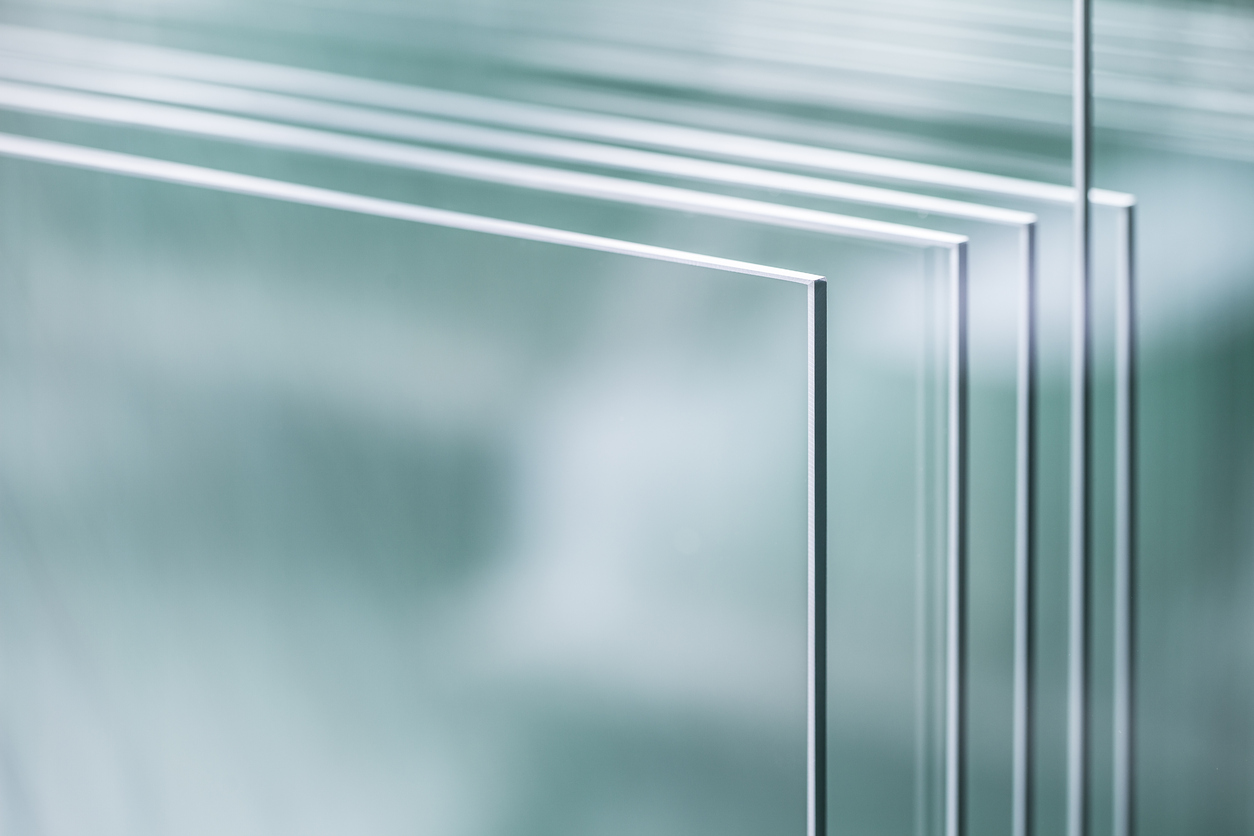

Exploring Low-E Glass Surface Coatings Enhancing Energy Efficiency
In recent years, the demand for energy-efficient building materials has surged, driven by both economic considerations and environmental concerns. One of the most innovative solutions in this arena is Low-E (Low Emissivity) glass, which features a specialized surface coating that significantly enhances energy efficiency. This article will explore the nature of Low-E glass surface coatings, their benefits, and their applications in modern architecture.
Exploring Low-E Glass Surface Coatings Enhancing Energy Efficiency
One of the most significant advantages of Low-E glass is its energy-saving potential. In cold climates, the coating helps retain indoor heat, thereby reducing the need for heating systems. Conversely, in warmer regions, Low-E coatings can reflect exterior heat, helping to keep interiors cooler and reducing air conditioning demands. The energy savings associated with Low-E glass can lead to lower utility bills and a reduced carbon footprint, making it an attractive choice for both residential and commercial buildings.

Furthermore, Low-E glass contributes to increased comfort within buildings. Traditional glass can allow substantial heat transfer, leading to temperature fluctuations and uncomfortable indoor climates. With Low-E coatings, occupants can enjoy a more consistent temperature, as the glass effectively regulates heat flow. This enhanced comfort makes Low-E glass particularly appealing in regions with extreme temperature variations.
Another key benefit of Low-E glass is its role in protecting interior furnishings. Ultraviolet rays from sunlight can cause fading and degradation of fabrics, artwork, and other materials over time. Low-E coatings are effective at blocking a significant portion of UV radiation, helping to preserve the integrity and appearance of indoor spaces. This added protection can be especially important for museums, galleries, and residential homes with valuable furnishings.
The aesthetic appeal of Low-E glass is also noteworthy. While energy efficiency and comfort are paramount, architects and designers have recognized that Low-E glass can be seamlessly integrated into building designs without sacrificing visual appeal. The clarity of Low-E glass allows for expansive views and natural light, promoting an inviting atmosphere. Additionally, the variety of Low-E coating options means that building designers can select finishes that align with their vision and style.
In conclusion, Low-E glass surface coatings represent a significant advancement in building technology, merging functionality with aesthetics. Their energy-saving properties, comfort-enhancing qualities, and protective features make them an essential component of modern construction. As society continues to prioritize sustainability and efficiency, Low-E glass will undoubtedly play a crucial role in shaping the buildings of the future, making them more energy-efficient, comfortable, and enduring. With ongoing innovations in materials and coatings, the potential for Low-E glass is vast, promising a brighter, more sustainable architectural landscape.